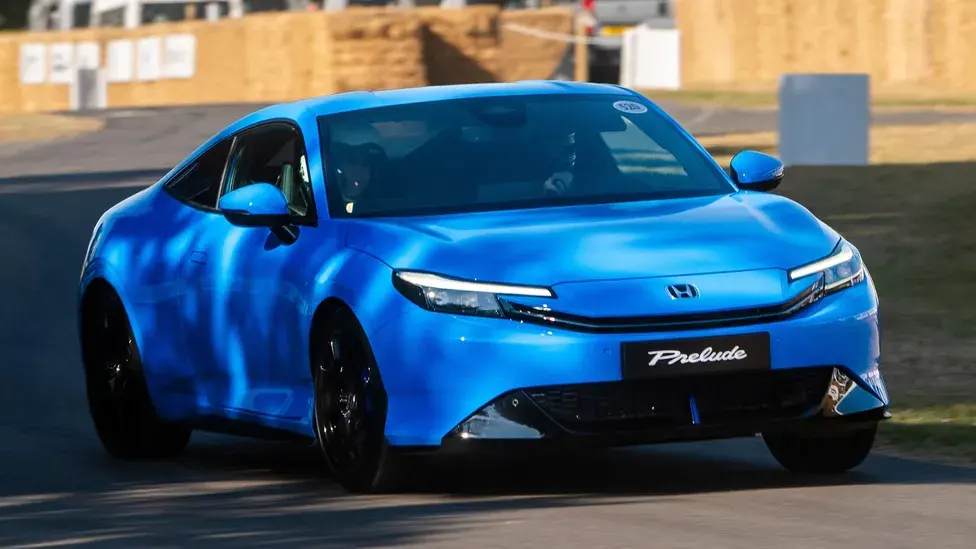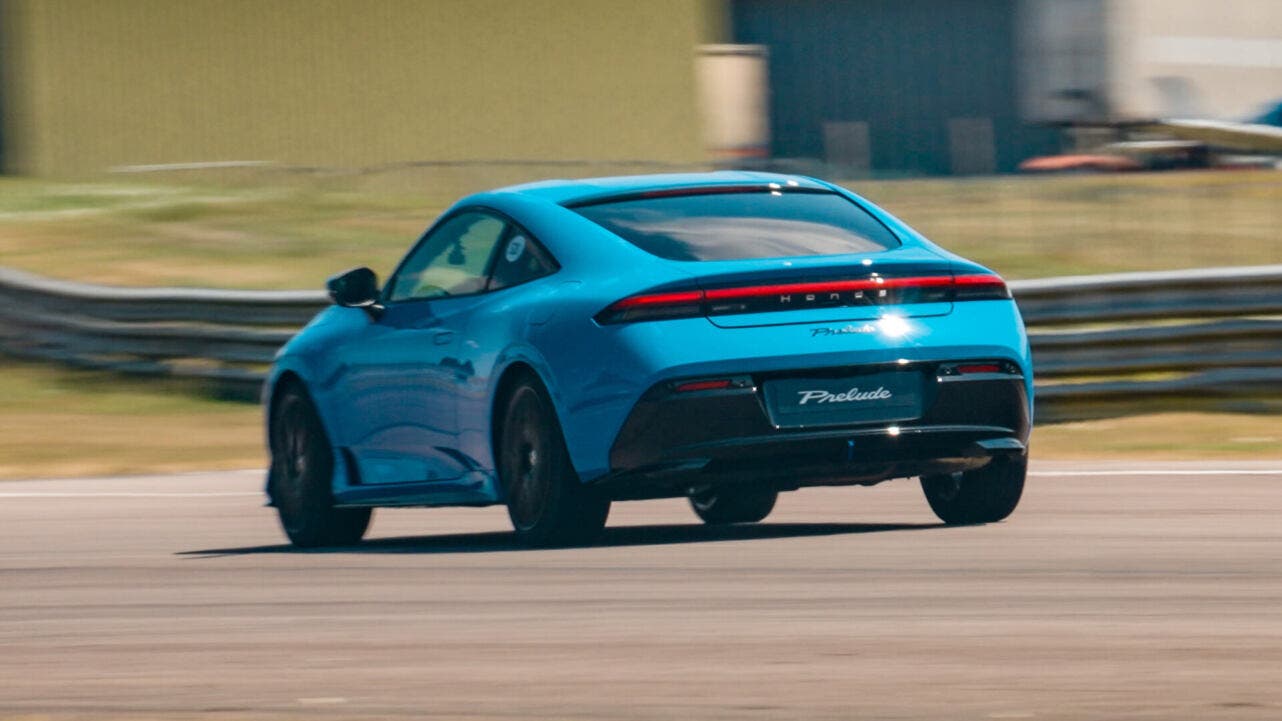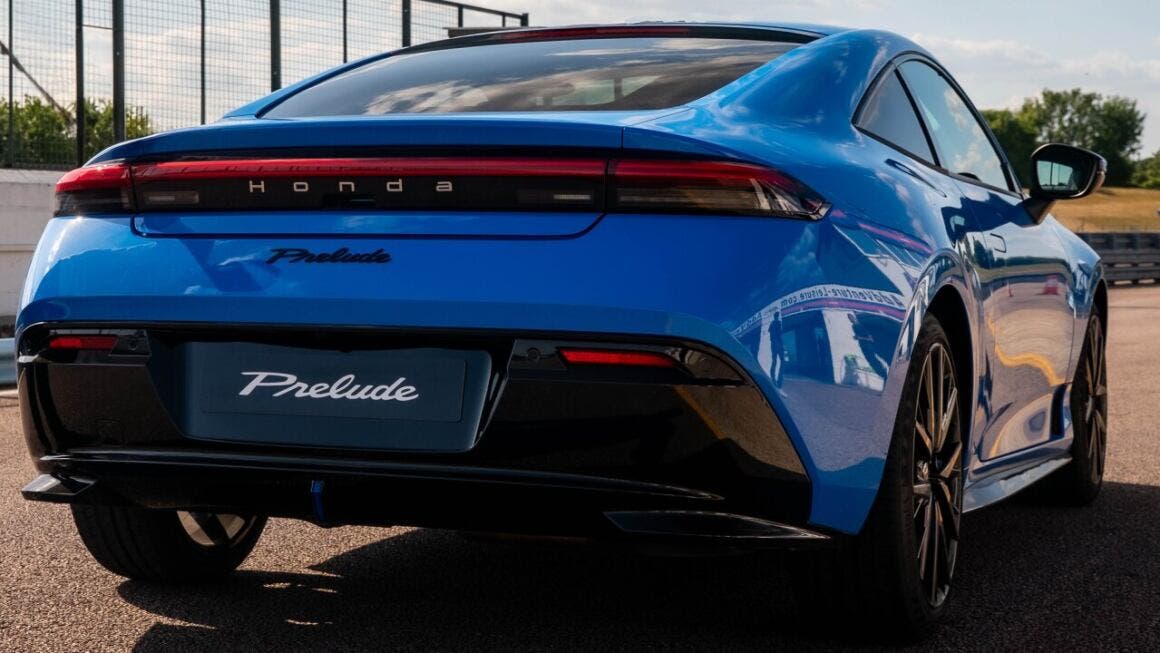The Honda Prelude is gearing up for a grand return, set to hit the roads by late 2025 as a 2026 model year vehicle. Long awaited by fans and enthusiasts alike, this sixth-generation Prelude marks a significant evolution for the nameplate, blending its sporty heritage with a forward-thinking hybrid powertrain.
Originally previewed as a concept in 2023, Honda has now confirmed that the upcoming Prelude will be a gas-electric hybrid paired with an electronic continuously variable transmission (CVT), complete with paddle shifters and simulated gear changes through its “S+ Shift” system. Under the hood, the Prelude combines a 2.0-liter four-cylinder engine with two electric motors, delivering performance that Honda claims will exceed all prior generations.

It’s a bold promise, but one that arrives with a controversial omission: for the first time ever, the Prelude won’t offer a manual transmission. This decision has stirred disappointment among driving purists. After all, the previous five Prelude generations were celebrated for their slick-shifting manual gearboxes. And while Honda still offers three-pedal fun on the Civic Si and Civic Type R, the Prelude’s CVT-only layout feels like a departure from the brand’s enthusiast roots.
The 2026 Prelude isn’t so much a successor to the original gas-powered coupe as it is a spiritual replacement for the now-discontinued Civic and Accord coupes. It aims to strike a balance between dynamic performance and fuel efficiency, aligning perfectly with Honda’s long-term electrification strategy. The company has made its environmental goals crystal clear: full carbon neutrality by 2050, and transition to 100% battery-electric and fuel cell vehicles by 2040. Clearly, the shift is well underway.

Manual transmissions remain beloved by a niche group of passionate drivers. Just look at the Subaru WRX: while a CVT is available, over 80% of buyers choose the six-speed manual. Toyota, Mazda, Nissan, even BMW and Honda’s own Acura brand, continue to offer manuals in select enthusiast models, recognizing the emotional connection between driver and machine. Honda had an opportunity here: to merge electrified performance with the brand’s storied driver engagement.
